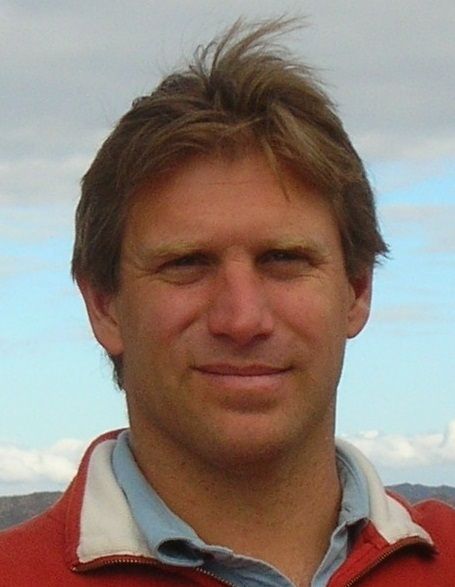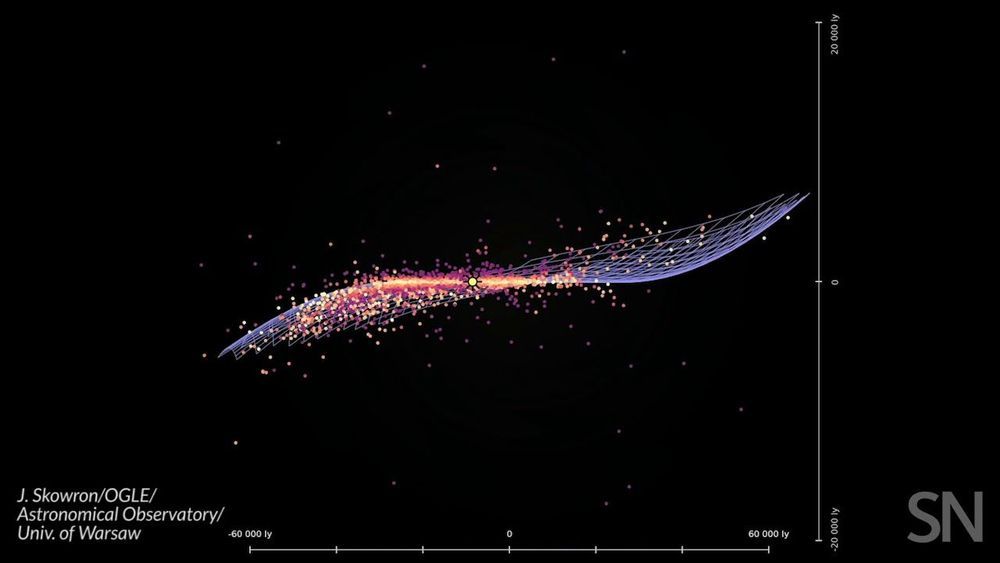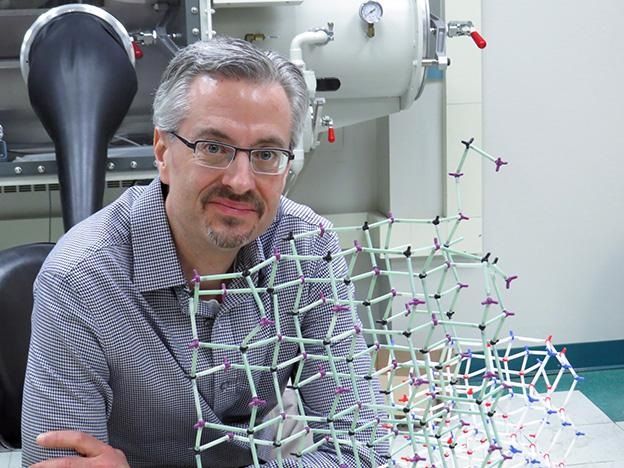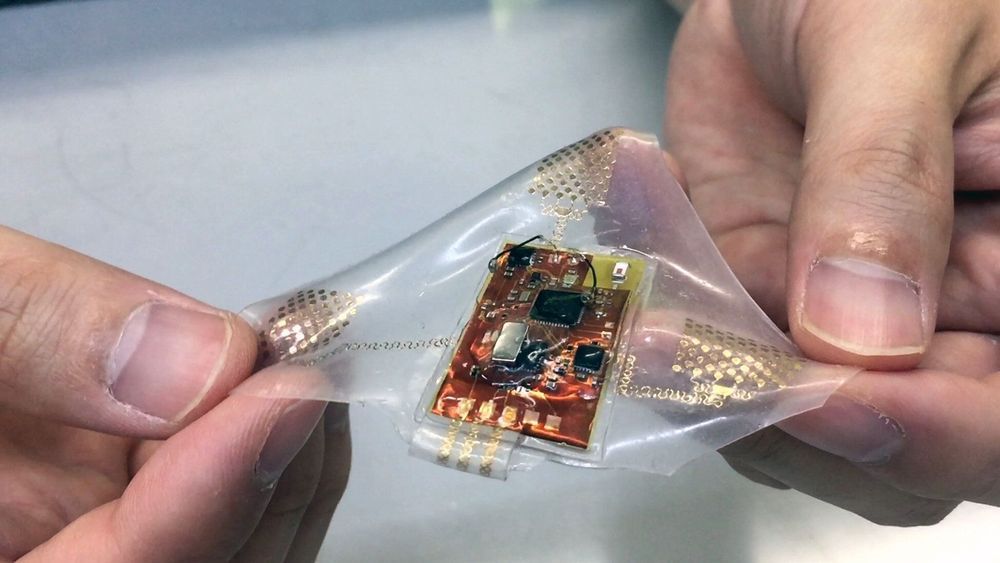On the heels of my latest New York Times OpEd, which is in print today on page 4 of the NYT Sunday Review, I’m excited to share my brand new book: The Futuresist Cure: Notes From the Front Lines of #Transhumanism. It’s a collection of my best essays on the future, many re-adapted, and many which have helped shape our movement. It’s #FREE today on Amazon in #Kindle. Or get the paperback version. There’s a foreword by the late Jacque Fresco. Download the book for FREE today!
Enter your mobile number or email address below and we’ll send you a link to download the free Kindle App. Then you can start reading Kindle books on your smartphone, tablet, or computer — no Kindle device required.









